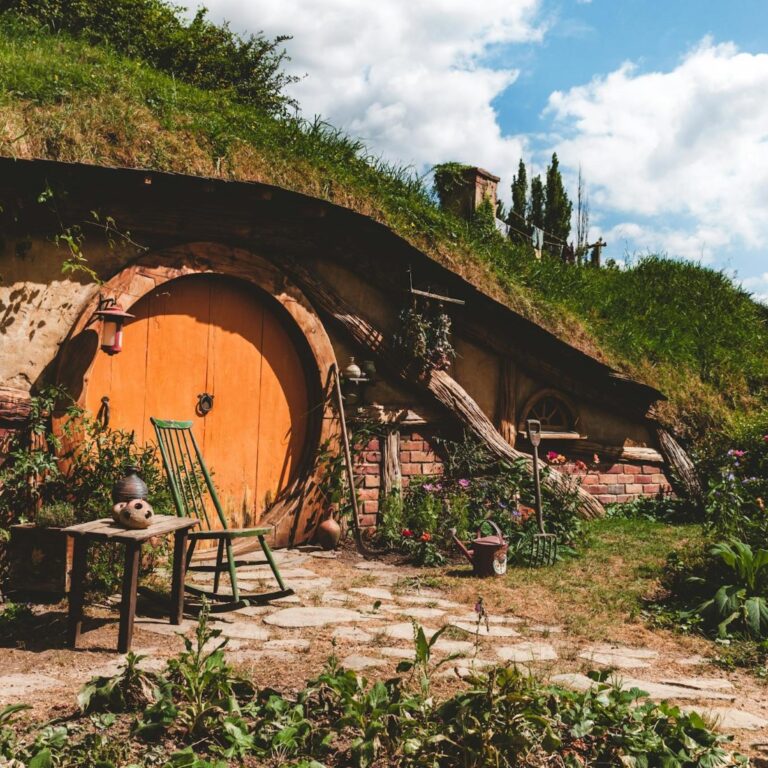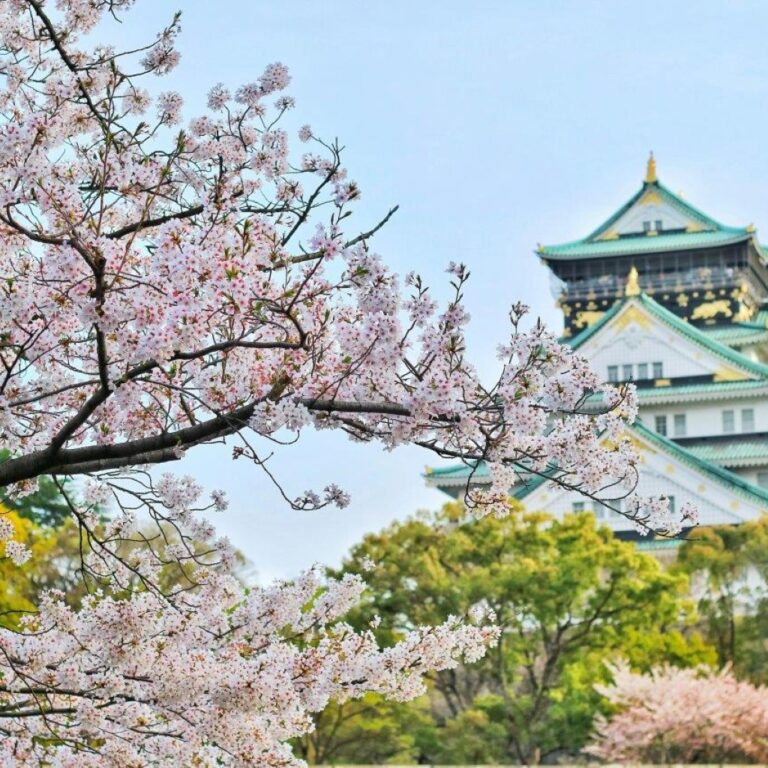The Golden Temple, also known as Harmandir Sahib, is the holiest Gurdwara and the most important pilgrimage site of Sikhism, located in Amritsar, India.
The temple was designed by Guru Arjan, the fifth Sikh Guru, and was completed in 1604.
The Golden Temple is known for its distinctive golden dome, which is gilded with approximately 750 kilograms of pure gold.
The temple is surrounded by a large, man-made pool called the Amrit Sarovar, which is believed to have healing properties.
The temple complex is open to people of all religions and is a symbol of human brotherhood and equality.
The Guru Granth Sahib, the holy scripture of Sikhism, is recited continuously inside the Golden Temple.
The temple complex also houses the Akal Takht, the highest seat of earthly authority of the Khalsa (the collective body of Sikhs).
The Golden Temple is one of the most visited religious sites in the world, attracting over 100,000 visitors each day.
The langar (community kitchen) at the Golden Temple serves free meals to all visitors, regardless of their background, and is one of the largest free kitchens in the world.
The temple was rebuilt multiple times after being destroyed by Afghan invaders in the 18th century.
The current structure was renovated and gilded with gold in the early 19th century under the patronage of Maharaja Ranjit Singh.
The temple's architecture is a blend of Islamic, Hindu, and European design elements.
The four entrances of the Golden Temple signify the openness of Sikhs towards all people and religions.
The temple is illuminated with thousands of lights during important Sikh festivals like Vaisakhi and Diwali.
The Golden Temple has been a symbol of resilience and faith for Sikhs throughout history, surviving numerous attacks and standing as a beacon of spirituality.



